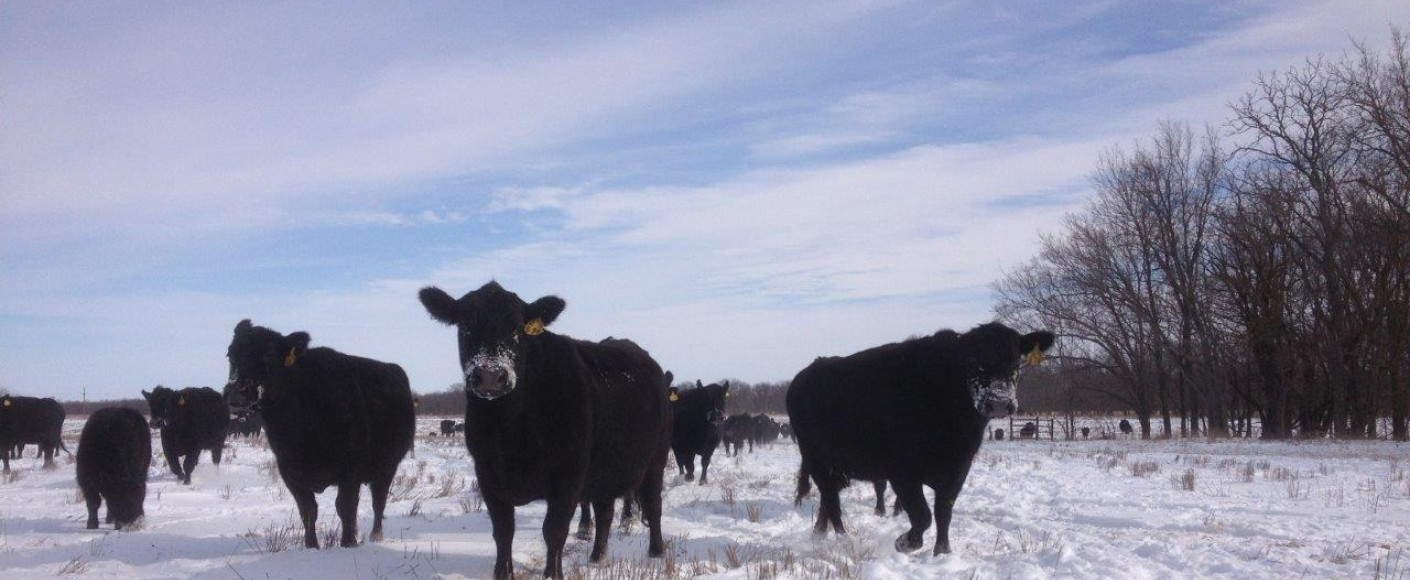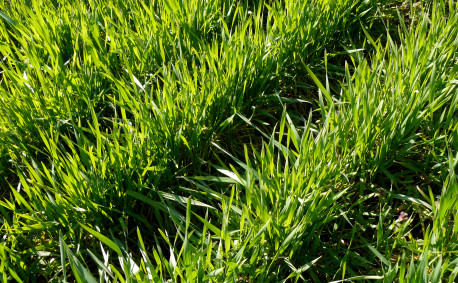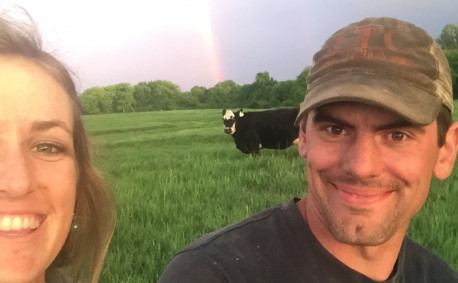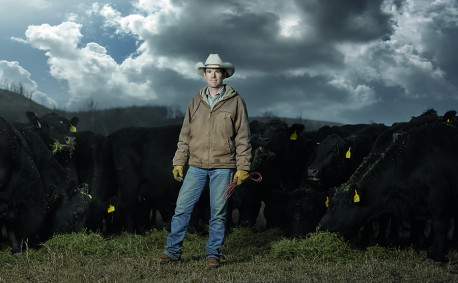Ranching in the Winter
Brown grass poking through a layer of snow in the fields as cows dot the landscape—it can mean only one thing: It’s winter on the plains. But what, exactly, happens with all those cattle out there?
We caught up with Matt Perrier, who runs Dalebanks Angus in Eureka and serves as the President of the Kansas Livestock Association, to find out what happens on the ranch in winter.
Matt says his top priority is ensuring his herd is well cared for.
“It’s the right thing to do—for us to be good stewards for our herd,” Matt says. “And happy cows are the best for business.”
Being a good steward requires a deep commitment to the animals, especially in winter.
Each day Matt, together with his father Tom and two employees, heads out to check on his herd. With about 400 cows, 400 calves, and 250 yearling heifers and bulls spread out over 4,500 acres, that’s no small feat!
Feeding
One of the biggest tasks in winter is feeding. Because most of the grass and other plants that cattle normally graze on are dormant, cows must be fed daily.
Matt feeds them hay, along with a protein supplement that helps them break down some of the winter grasses. Younger cattle need a higher-energy diet, so they are fed silage and grain in a special feeding area.
When he delivers feed, Matt drives his truck to meet the herd or draws them to a different area. (Drawing them to different areas spreads out the natural fertilizing that manure provides, which helps maintain the health of the grass year-round.) Do the cows know where to find him? Oh, yes.
“Just like with kids and the ice cream trucks, the cows hear that feed truck and come to you,” he says.
Water is also a concern during winter. Certain areas on the ranch feature live water, like streams, which run even in frigid temperatures. But other areas have ponds and other water sources that are prone to freezing. In these spots, Matt and the team chop holes in the ice or use special heaters to ensure cattle always have access to water.
Health and Wellness Checks
Just like people, cows can get sick in the cold.
“You can look at cattle and determine whether they are feeling well or not,” he says. “A lot can be determined with the naked eye, believe it or not.”
For example, a calf with a cold might lag behind the herd or walk with its head lowered. A dull coat or low activity level can also point to an issue. So, Matt and his team inspect the cattle daily to ensure they’re healthy and provide proper attention as needed. 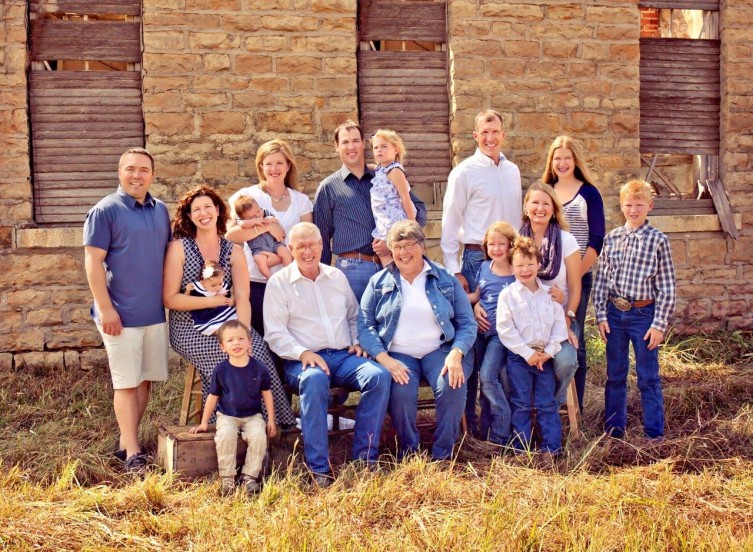
Breeding
Winter is also a busy time for the cows to, well, get busy, if you catch our drift. At Dalebanks Angus, they have two calving seasons: spring and fall. Cattle bred in December and January yield fall calves.
Breeding is mostly done through artificial insemination (AI). AI lets ranchers ensure biodiversity in the herd and select for traits that result in higher quality beef. But AI doesn’t always take. In those cases, Matt lets nature take its course and turns out the herd bulls with the cows.
Nothing like a little animal husbandry to keep the home fires burning on a cold winter day!
Upkeep
There’s also the upkeep of fencing and equipment to tend to. On extremely cold days, Matt and the team will bring equipment into the barn, so they can stay out of the wind and elements while they work. If the weather’s not too bad, they’ll head outdoors to repair or build fencing as needed.
It’s a lot of work for a handful of folks, but as Matt says, “It keeps us out of trouble.”
It also helps keep those cows happy—even on the coldest winter days. 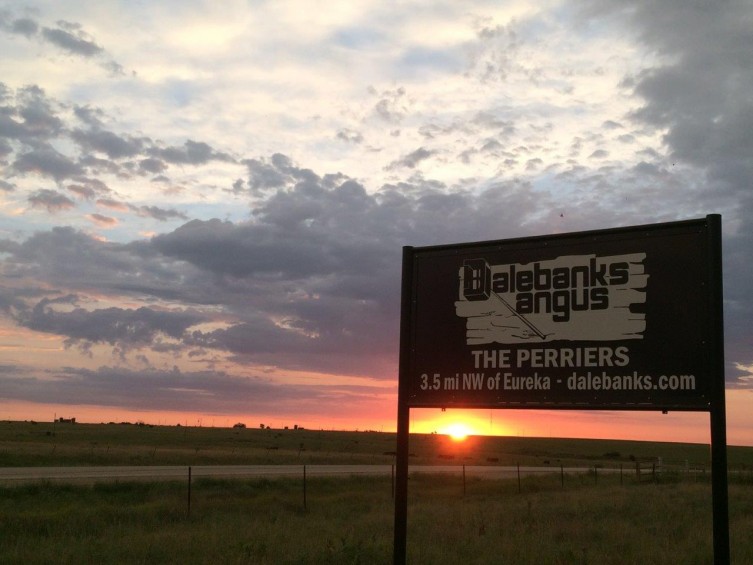
More About
- Cows grow more hair in November to help keep warm through the winter.
- Herds huddle together to help maintain body heat when it’s cold.
- Cows can be great predictors of weather. Are they gathering in low draws or facing into the north wind? Chances are a cold front is coming!

